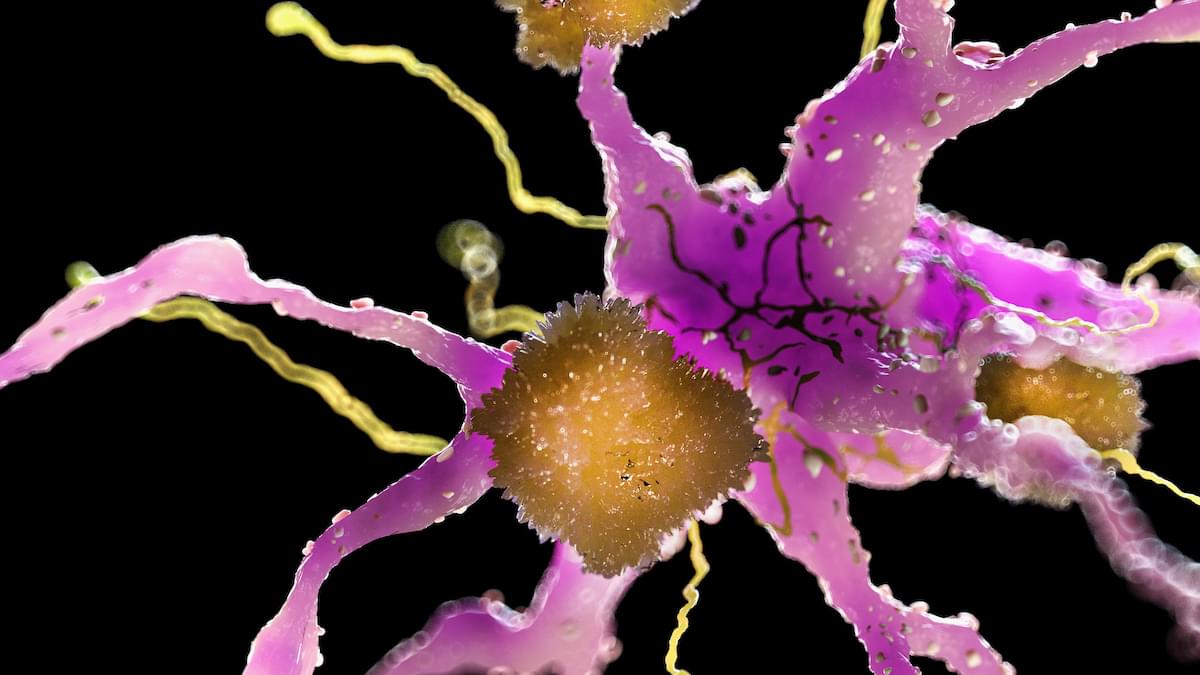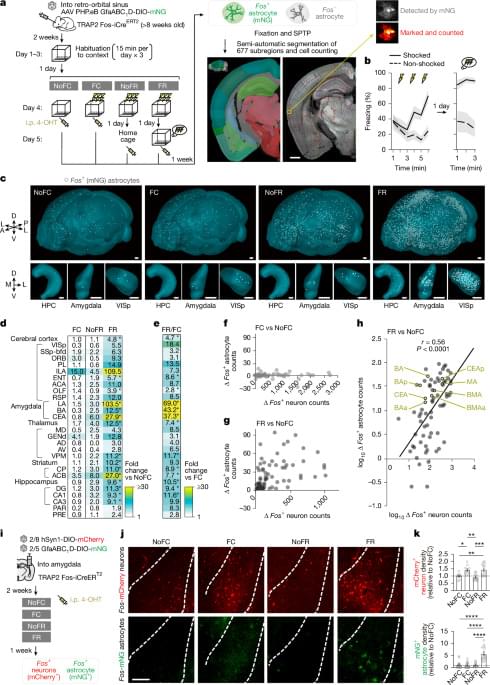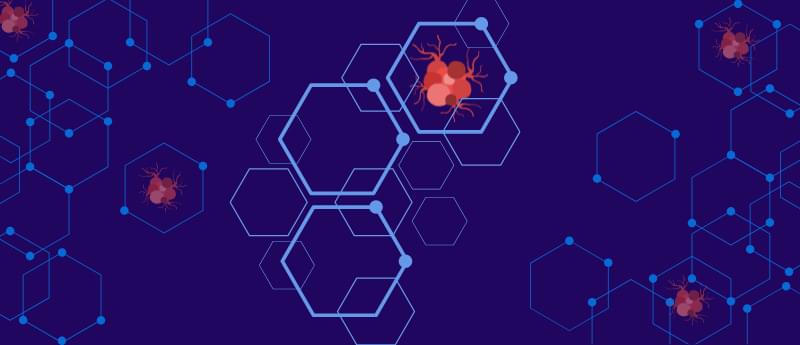Approximately 550 employees of NASA’s Jet Propulsion Laboratory (JPL) will be laid off, according to an announcement made on the agency’s website on Monday (Oct. 13).
The news comes in the midst of an ongoing U.S. government shutdown and the looming threat of the single largest funding reduction in NASA’s 66-year history. Due to those potential cuts, NASA has been forced to reshape many of its science and space exploration efforts. However, NASA has stated this latest wave of layoffs are unrelated to the government shutdown that has seen over 15,000 federal employees furloughed and is, rather, part of an agency-wide “reorganization” that began in June.








